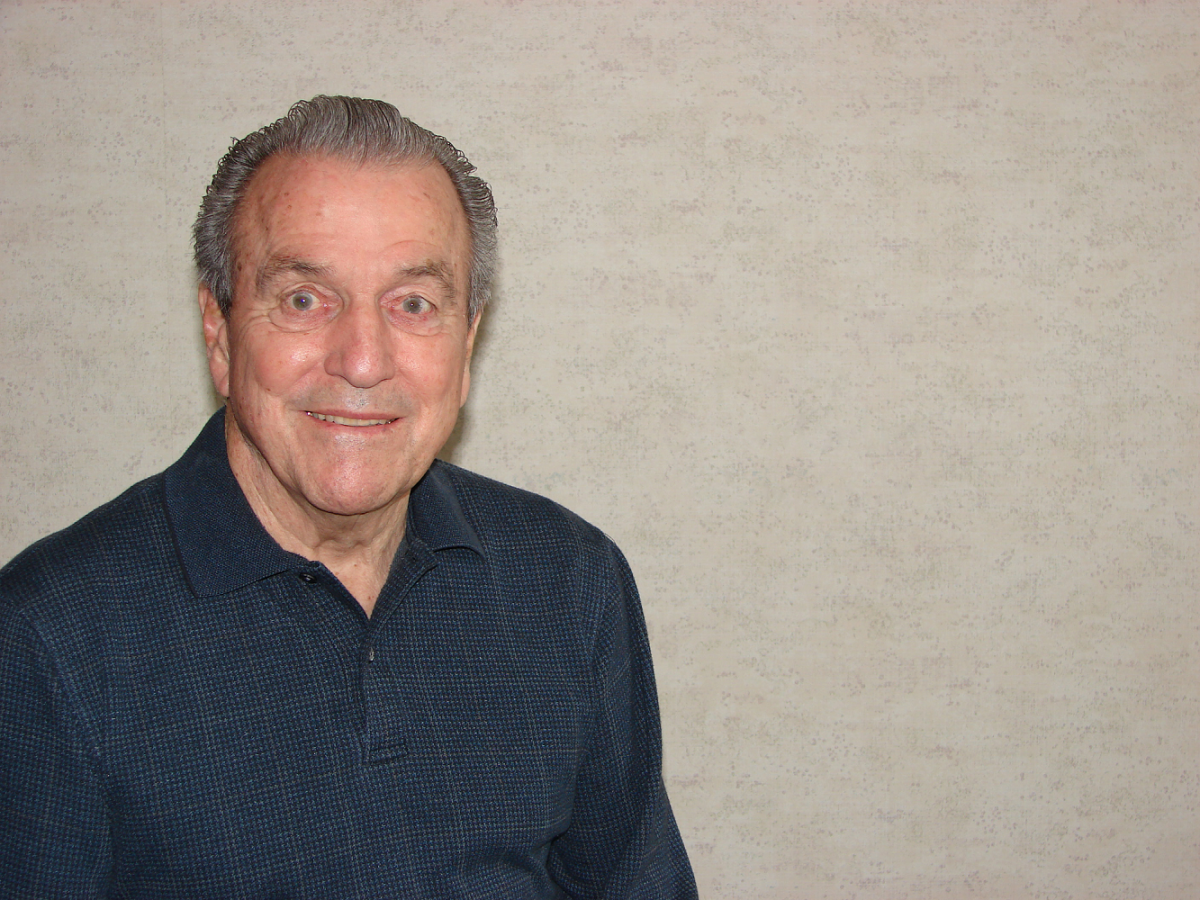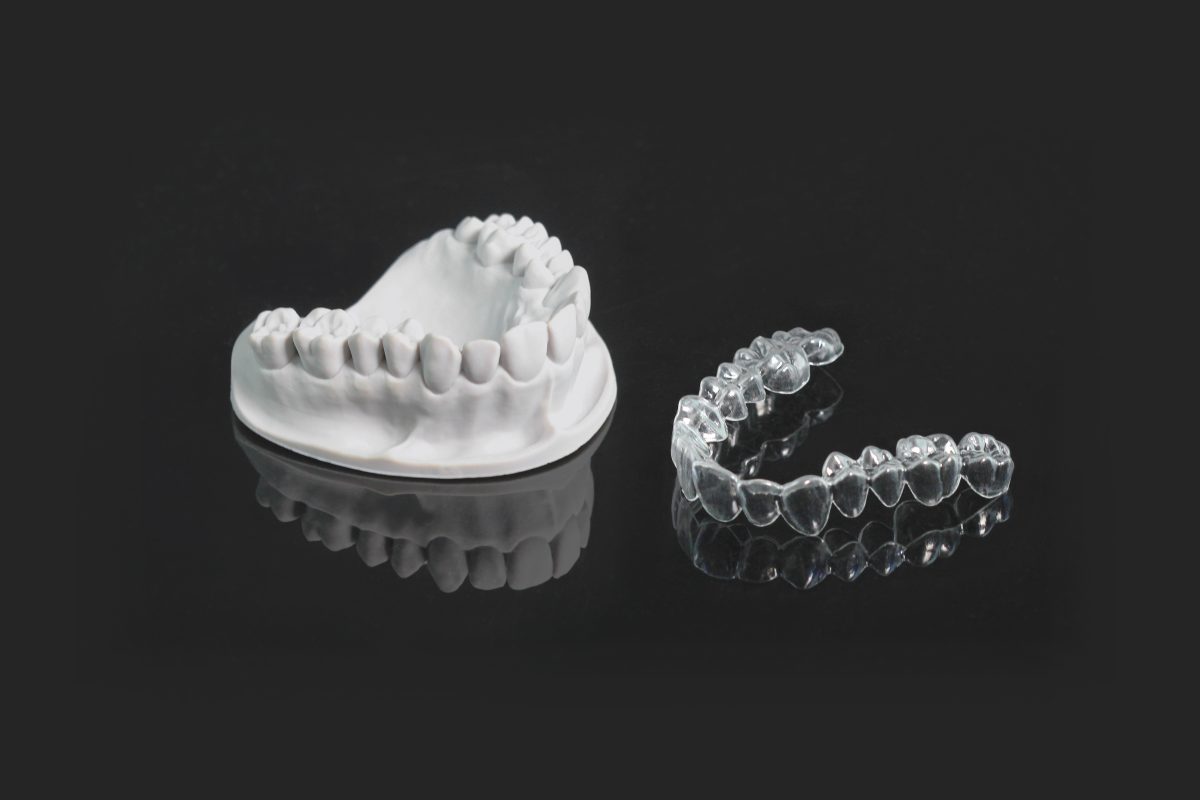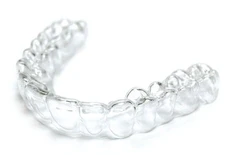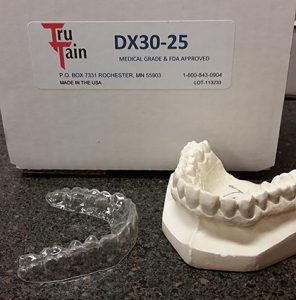Orthodontic treatment has come a long way in the past few decades, with innovations and advancements in technology and materials allowing for more comfortable and efficient orthodontic appliances. One of these advancements was the invention of the clear orthodontic retainer, which has become a popular alternative to traditional metal braces. The first clear orthodontic retainer was patented by Dr. Lloyd Truax in the 1970s, and it revolutionized the field of orthodontics.
Before the invention of the clear orthodontic retainer, patients had to wear metal braces for several years to achieve straight teeth. While metal braces were effective, they had several downsides, including discomfort, difficulty eating certain foods, and difficulty keeping teeth clean. In addition, metal braces were highly visible, which could be embarrassing for some patients.
Dr. Truax recognized these issues and set out to create an alternative to traditional braces that was more comfortable, less visible, and easier to maintain. He developed the first clear orthodontic retainer, which was made of a clear plastic material that was custom-molded to fit each patient’s teeth. The retainer was designed to be worn over the teeth, similar to a mouthguard, and it applied gentle pressure to shift the teeth into the desired position.
Dr. Truax’s invention was a game-changer for orthodontic patients, as it offered several benefits over traditional braces. Firstly, the clear plastic material was much more comfortable to wear than metal brackets and wires. Secondly, the retainer was virtually invisible, making it a great option for patients who didn’t want to draw attention to their orthodontic treatment. Thirdly, the retainer could be removed for eating, making it much easier to maintain good oral hygiene.
Dr. Truax’s clear orthodontic retainer was patented in the 1970s, and it quickly gained popularity among orthodontic patients. Since then, there have been many advancements in clear orthodontic retainers, with new materials and designs making them even more comfortable, effective, and convenient for patients. Today, clear orthodontic retainers are a popular alternative to traditional braces, and they have helped millions of people achieve beautiful, straight smiles.
In conclusion, Dr. Lloyd Truax’s invention of the clear orthodontic retainer in the 1970s was a significant advancement in the field of orthodontics. His invention offered patients a more comfortable, convenient, and discreet option for straightening their teeth, and it paved the way for many other innovations in clear orthodontic appliances. Thanks to Dr. Truax’s invention, orthodontic treatment has become more accessible and more comfortable for patients, and it continues to evolve and improve to this day.





